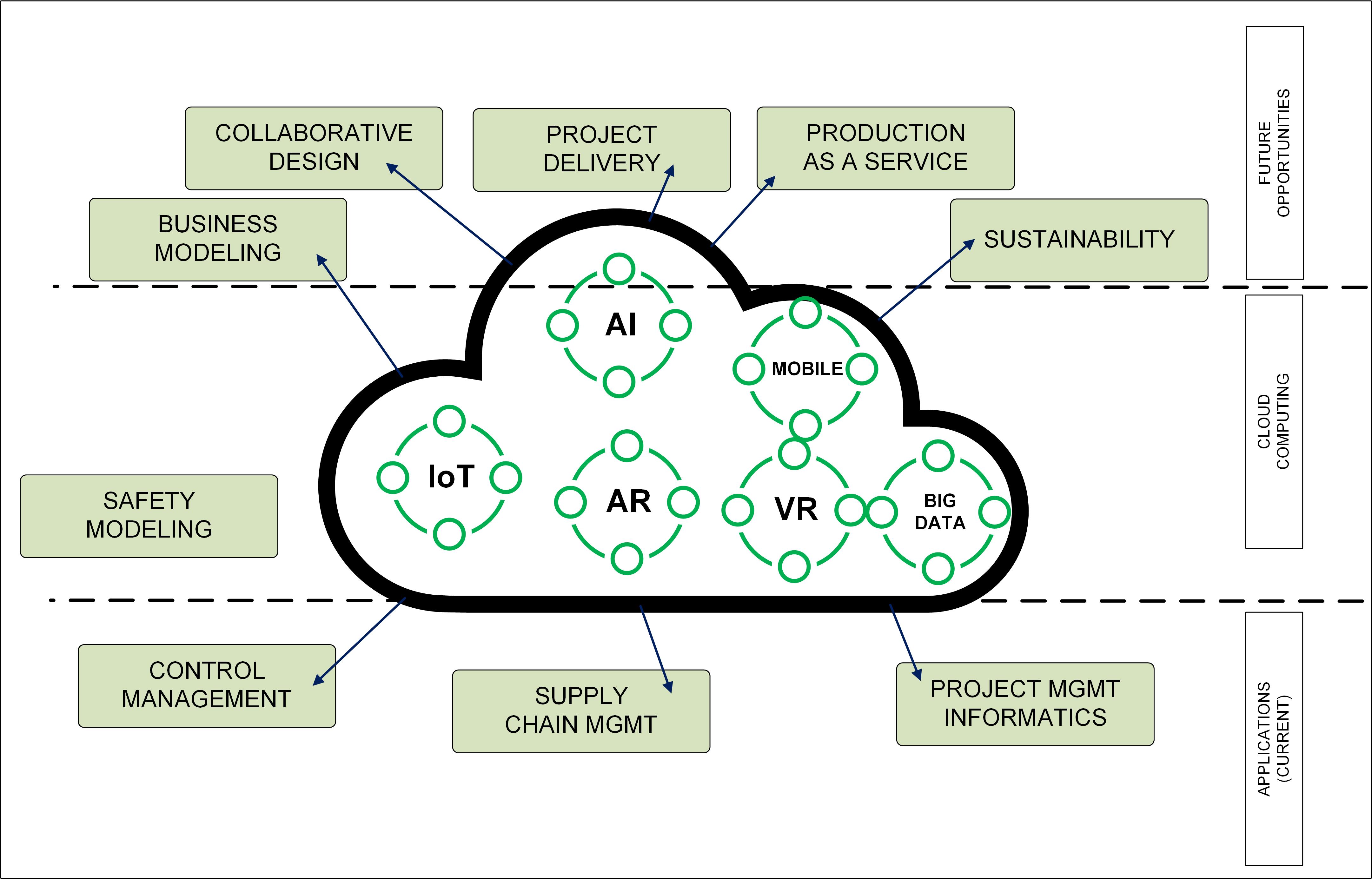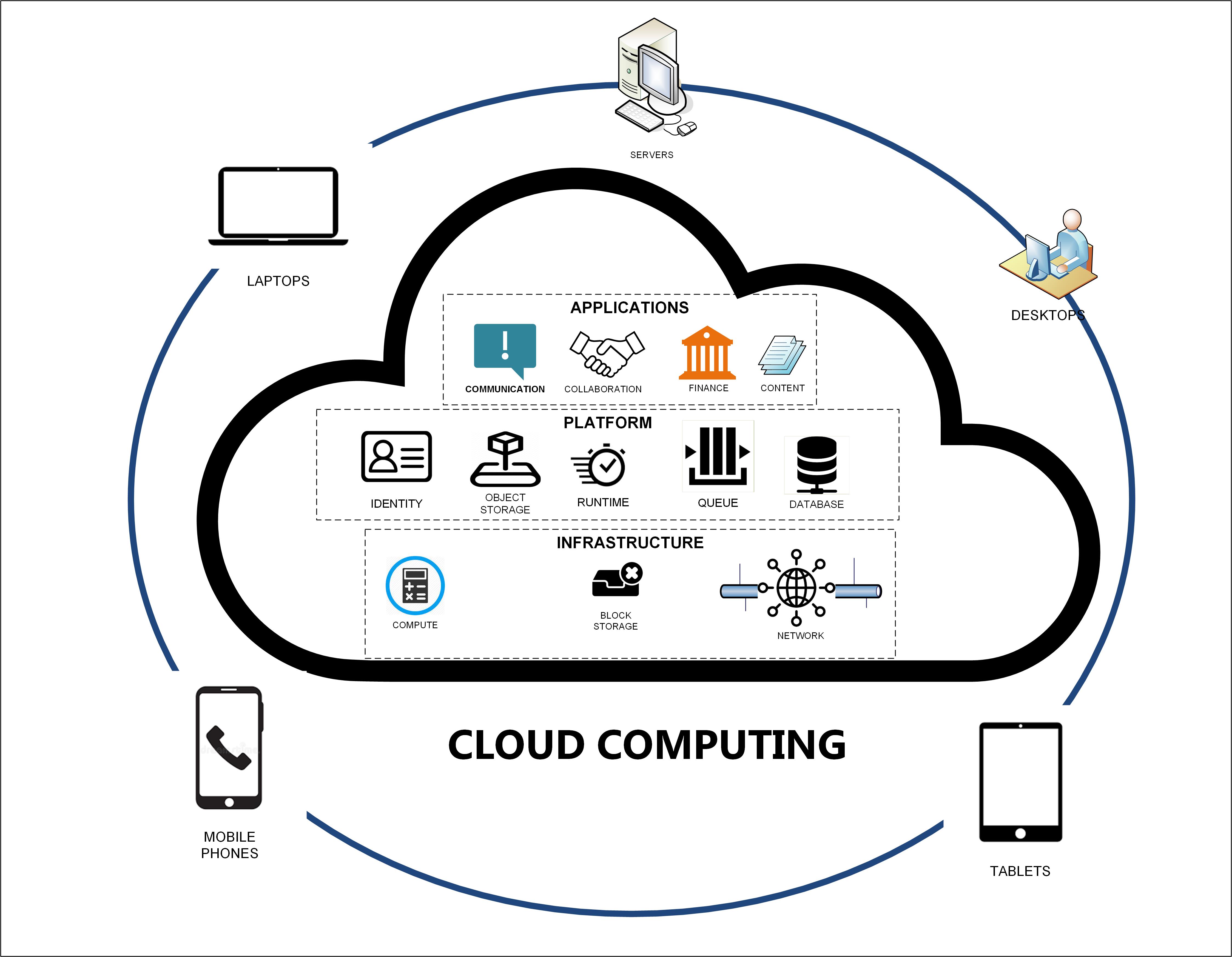Doing Your Homework When Selecting a Cloud Provider
Asking the right questions will help you gain access to the right tools and services

Legacy IT infrastructures can no longer provide those needed services that will allow the organization to remain competitive. Continuing to add expensive hardware in order to maintain massive IT-centric data centers are gradually, if not assuredly, coming to an end. As evidence of this trend, according to IDC, worldwide spending on public cloud services grew 26% in 2019 to a total of $233.4 billion, up from $185.2 billion in 2018 (Oracle’s “IaaS for Dummies,” 5th edition).
Those users who are ready to migrate services to the cloud need to understand and even directly ask their potential cloud service providers some important questions.
Know Your Needs
Fundamentally one needs to understand which types of applications your potential provider would be set up to run. Know and itemize what your (the user’s) needs will be. Are those needs enterprise applications (such as ERP, supply chain management or human resources)?
Or is the potential cloud provider a technical compute-centric solution provider (such as high-performance computing—HPC or data and/or database analytics). Perhaps your organization’s needs are focused on marketing or web-scaled applications such as ecommerce or mobile? Do you have an explicit need to support social networking or video streaming and delivery services?
Cloud-to-Cloud or Single Source
Be sure you know the nature and best approaches on how the cloud providers’ services match your needs. You may find that more than a single service provider will be required, thus you need to know if there are means to interact with more than one cloud provider—that is “cloud-to-cloud” services.
If you’re in the media and entertainment industry and you plan to provide live cloud production services, can the actual applications you need or will enable be usable in that cloud? What are those costs to implement the ground-to-cloud solutions initially? And what will be the expected usage periods for cost of operations?
Not Always Equal
Noting further that some providers may indeed suggest that their cloud is engineered to support every application, which will, in turn, require a bit more investigation on your part to assure that your needs are best suited in their cloud vs. another’s cloud. Remember, not all clouds are created equal. Fig. 1 provides examples found today in many of the cloud provider services, some of which may be useful in live M&E applications; and other services may need to be created to support the specifics of certain use cases—including live “production in the cloud.”
The professional video industry's #1 source for news, trends and product and tech information. Sign up below.
The next major decision is to investigate the effort, costs and requirements to migrate your applications to the cloud. Again, looking at the M&E model for live production, know what is required to move the live studio or field content into the cloud, including minimum and maximum bandwidth needed, the content compression expectations, and especially the overall set of latencies that will be expected. A live music video concert will have completely different requirements compared to a remote sporting venue or a talking head interview with guests that are half a globe away from the primary cloud’s site.
Scale, Performance and Control
Another consideration is the scale of the environment. Users or service providers should not be expected to rewrite your (or their) applications in order to fit their cloud agenda. Performance and control are equally important compared with or against the other objectives such as compression and latency.
Specialized Adaptation
As cloud adoption increases, operating expenses for managing an organization’s IT components also will grow in complexity. This is similar, to a degree, for cloud implementation. Users should engage a cloud provider that is simple and straightforward to manage; minor changes, typical in live production applications, should be easy to alter or augment without having to engage a consultant or third party to make those adjustments.
Do scripts and updates require a knowledgeable human who knows the cloud’s operating environment in detail or are changes allowed using a simplified set of menus? Furthermore, changes should be expressed in billable dollars—that is, what will it cost to make those changes and for how long will those costs be expected in terms of length of run time or upticks in computer processing costs?
Change is Expected
How automated are those changes going to be and how long does it take to “spin up” those changes? How will those changes impact the databases? Are these system-wide, autonomous or some other factor to functionality going to “upset the applecart” or run the risk of collapse and/or create a reduction in performance? How much “manual labor” will be needed to install, update, adjust or monitor the applications you expect or need to run?
Given the topics expressed earlier, does the primary cloud service provider offer a multi-cloud solution? Can and how are loads distributed should there be a crash or a need to connect across global regions? Is your cloud provider in a competitive mode or just a simple service provider mode? If multi-cloud operations appear to yield better performance capabilities, do both sections of the two cloud providers play nice together or will there be hurdles (costs, egress, performance) that must be overcome that might not yield a net-net benefit?
Cost, Security and Trust
Security is always of concern, whether on prem or in the cloud. Do the expected cloud provider’s security practices allow for harmonization, or do they conflict with each other? Can your potential provider be configured to mesh with corporate security practices? Is zero-trust a mandated practice within your organization and will the cloud provider’s practices align with those policies? Will the security practices be easy to accomplish, or will there need to be overlapping tools employed that could reduce performance, increase complexity or add latency to the live applications?
Costs are always inherently a part of the delivery equation. Pricing models are often confusing and, in some cases, will put additional layers of costs especially when moving data into the cloud and then extracting. Users should insist they fully understand and can predict the costs for all the services they need.
For example, be sure that at the conclusion of a particular service experience that unnecessary services are terminated and shut off to preclude the continual “meter is still running” impact. But also understand the balance of any “startup” costs that would be incurred as the session starts up or is being configured. In other words, costs can creep in from any corner of the equation or operation—be certain these costs are identified, are manageable and can be mitigated during times when the services are not in active duty.
Contract Considerations
Extensible, contractual costs may help mitigate the larger expenditures, but understand those contract expectations before engaging. If your service does not pan out from a benefit perspective, be certain you can back out of the contract easily and without additional penalties.
Also, since services are continually adjusted or added to for each cloud provider, you may find that, after six months of services, another new provider now offers similar services at less cost—and you should be ready or prepared to move providers if the overall savings are worth the effort.
Code and Efficiencies
Applications require code and developing the efficiency of that code is paramount to improving the performance of the cloud services employed. Having the right tools and design for the services are keys to ensuring sufficient profitability and use of cloud services. Leveraging the time, cost and resources are the pinnacle to success in a cloud service implementation.
Like any three-legged triangle, each leg of this “stool” must support other remaining legs. Traditional practices used in the development of these new cloud-based applications will typically be too slow or too cumbersome when deployed as a “cloud-native” solution, so expect to spend time, money and resources in finding new means to deploy your applications and needs.
Monitoring and continual analysis of the complete solution will become a new factor in the implementation of any enterprise-grade cloud solution. If your new potential service provider offers these tools, learn how and when to use them—they will be necessary to ensure that peak performance for least cost can be achieved and monitored.
Cloud services (as shown in Fig. 2) mean users need to rethink the business and technology approaches to their business. When reaching out beyond the cloud provider’s traditional services, be certain you ask all the questions of each potential provider. Get the best answers you can and then be sure the contract(s) you engage in meet those expectations.

Karl Paulsen recently retired as a CTO and has regularly contributed to TV Tech on topics related to media, networking, workflow, cloud and systemization for the media and entertainment industry. He is a SMPTE Fellow with more than 50 years of engineering and managerial experience in commercial TV and radio broadcasting. For over 25 years he has written on featured topics in TV Tech magazine—penning the magazine’s “Storage and Media Technologies” and “Cloudspotter’s Journal” columns.


